How This Legendary Car Came to Be
– Added excitement to the product line and drove customers to Dodge dealerships
– B-body with styling that had a true distinctive flavor
– Peak sales came with the all-new ’68 model
It is said that the single most influential thing that lead Dodge and Plymouth in creating its new and exciting direction that took place in the mid-1960s all goes back to the teenaged sons of Chrysler president Lynn Townsend. After it was pointed out to him by his kids that, at the time (1961), Chrysler products were stogy and that they lacked the performance image that Chevy and Pontiac had, Townsend listened and reacted to what the boys had said. The kids knew what was hot on Woodward Avenue at the time and it wasn’t anything that the Chrysler Corporation was offering.
Townsend took the news and went into action right away, as he believed what he was being told and knew that the current product line was not something young people wanted. Something had to change, the image of “old people’s” cars was not what he wanted to continue with. So a call was put into the Chrysler Engineering Engine Room where a guy named Tom Hoover answered the phone, and that initial outreach changed dramatically for the positive how well Chrysler products were to perform in years to come. With that call from the boss, the green light came to began development of high-horsepower projects, in the form of Max Wedge 413 and later 426 Max Wedge engines, and then the mighty 426 HEMI® engine which was developed in 1963 for release for the 1964 model year. Those new engines were more than capable of winning races, which they did in a big way, as the HEMI engine was dominant in NASCAR and drag racing right out of the gate.
However, in order to further project a rejuvenated line of cars as Lynn Townsend wanted, something was needed to provide a whole new look with the car bodies and the first move was when the Plymouth Barracuda was released in April of 1964, a re-done Valiant with a wrap-a-round fastback. This car was not in response to the Ford Mustang, it actually came out two weeks before the Ford pony car. Dodge dealers in the meantime were anxious to get something new in their showrooms and here’s the story on how it all started, the story of the Dodge Charger.
THE SHOW CAR
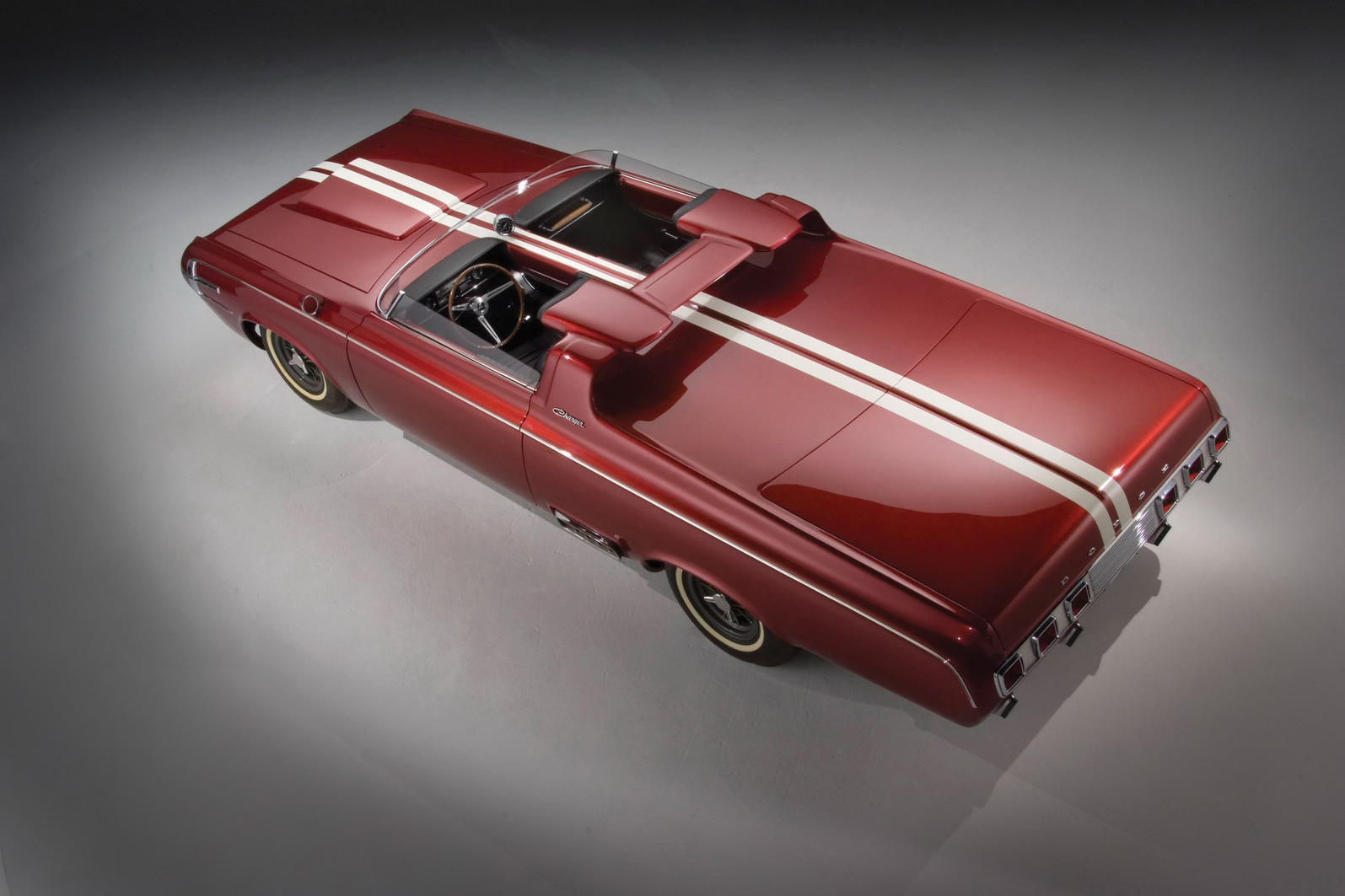
At the beginning, the name Charger also came with a totally non-production roadster show car, and it basically was a 1964 Polara with the top removed, the bumpers removed and some bling added. The hood scoop was from the Max Wedge program, the windshield was cut down to competition height and the roll bar was integrated with a pair of headrests in a unique fashion. This car never went beyond the show car stages.
THE DODGE CHARGER NAME GETS ON THE DRAG STRIP
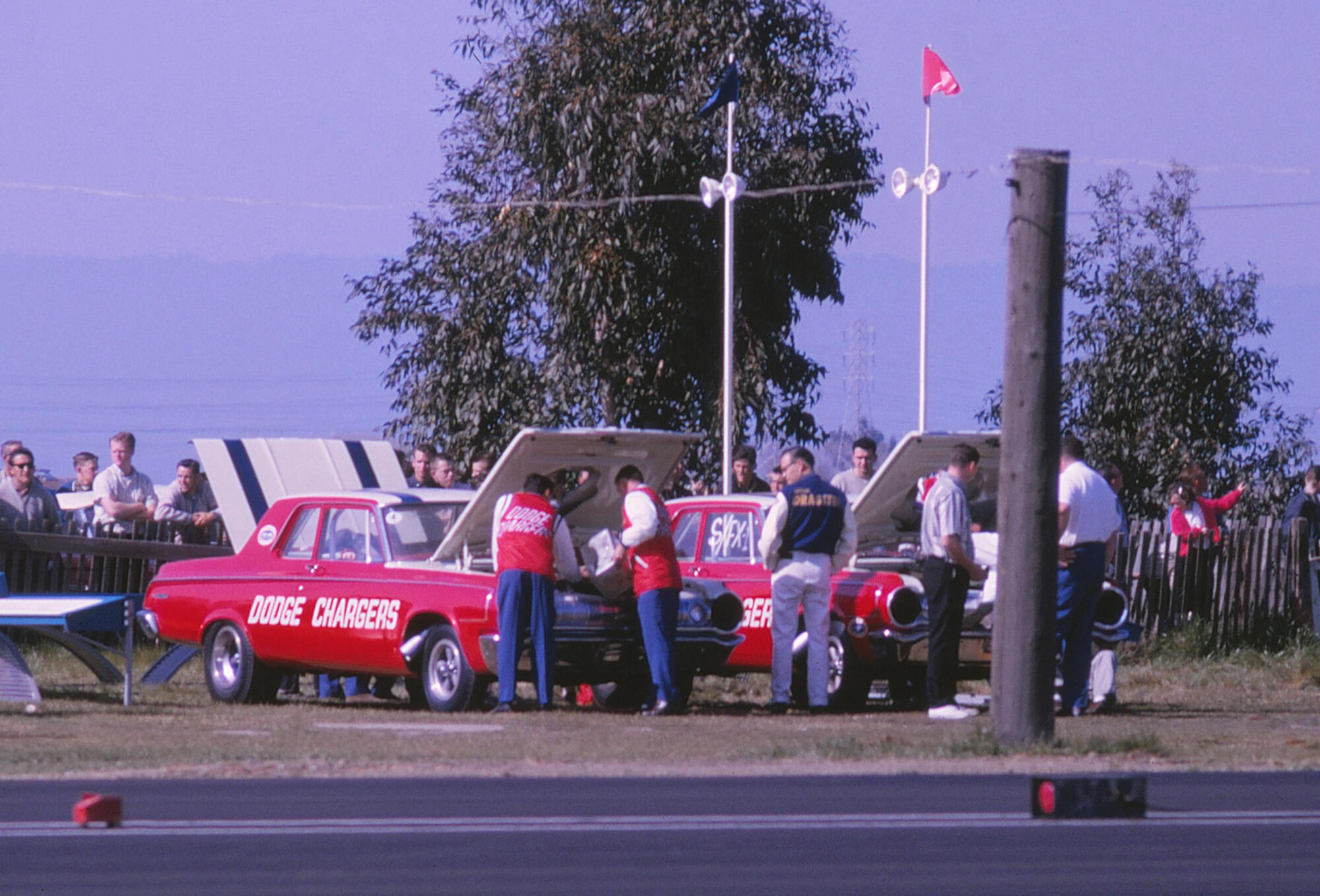
Meanwhile, at the dealers and at selected drag strips, the trio of Candy Apple Red-colored “Dodge Chargers” debuted as exhibition vehicles to showcase the power of the 1964 Dodge. Drivers Jim Johnson and Jimmy Nix toured the county running the cars (one was a backup) and the 6-71supercharged 489-cid wedge engines were said to produce 800 horsepower. The vehicles were standard 2-door sedan 330 models, and two of them didn’t last long as one was severely damaged in a towing accident, the other one was crashed. The remaining car survived the year and was shown at numerous events, but never raced against other cars as it was, from the very beginning, a program that was brainstormed by Don Beebe of Automotive Promotions and only used in non-competition events. Times were in the high 10-second range at 138 mph for the 3,320-pound vehicles. They were constructed in Carlsbad, CA, at the Dragmasters shop.
DODGE CHARGER II SHOW CAR
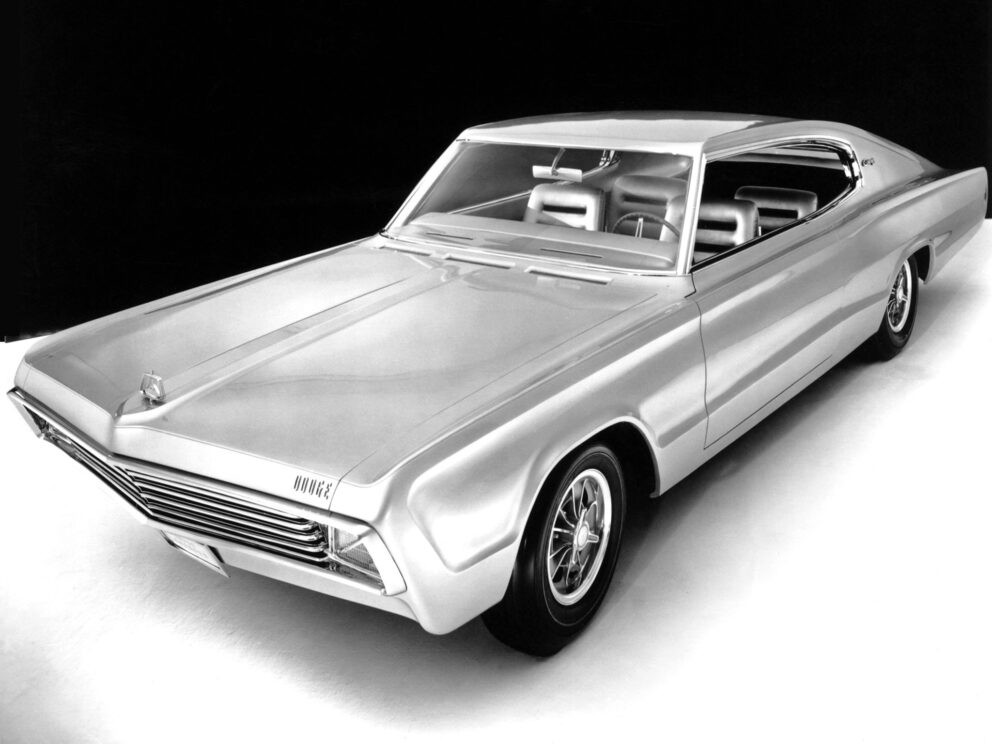
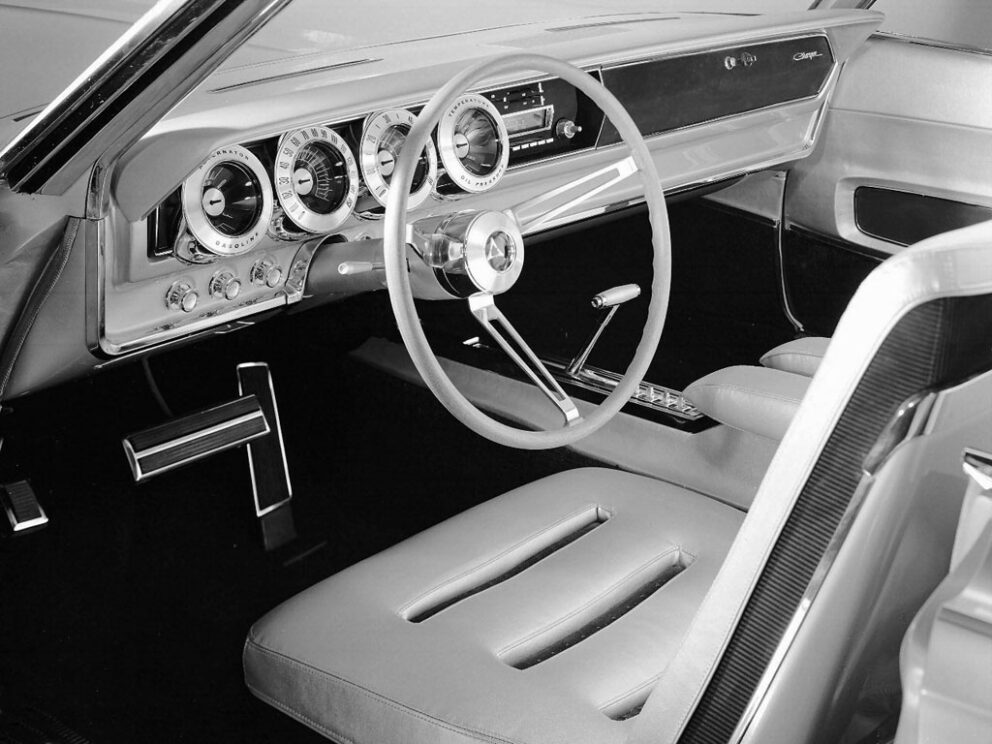
Created as a way of gauging public opinion, in 1965, Dodge rolled out a “Charger II” for the national car show tour. It was a direct predecessor to the production car that came out for the 1966 model year.
And as it turned out, the Charger was a lot more potent than that original Barracuda for performance lovers, because the Charger was built on the larger B-body platform and the 440-cid wedge and 426 HEMI engines were part of the package, where the Plymouth fastback was limited to a small block 273. There was a lot of attention going on around Dodge headquarters in 1963 to get going on the new production car: The start and completion of the clay mock-up for what was to become the 1966 Charger production car, plus the building of three special drag race exhibition cars (based on standard 2-door Dodge 1964 sedans) that were called the “Dodge Chargers” which toured the country in 1964. Sound a bit confusing? Yes, well they wanted to introduce the new name but not show anything of the upcoming all-new 1966 bodies of the regular production Dodge Coronets, plus in January of 1966, the Charger debuted.
PRODUCTION DODGE CHARGER FOR 1966 MODEL YEAR
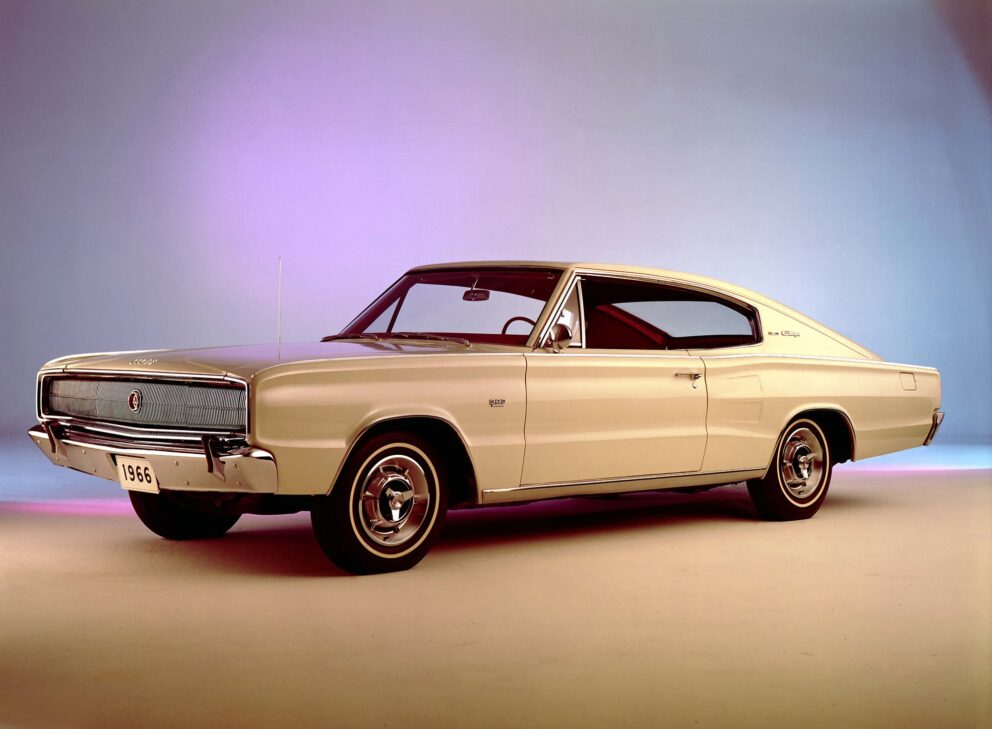
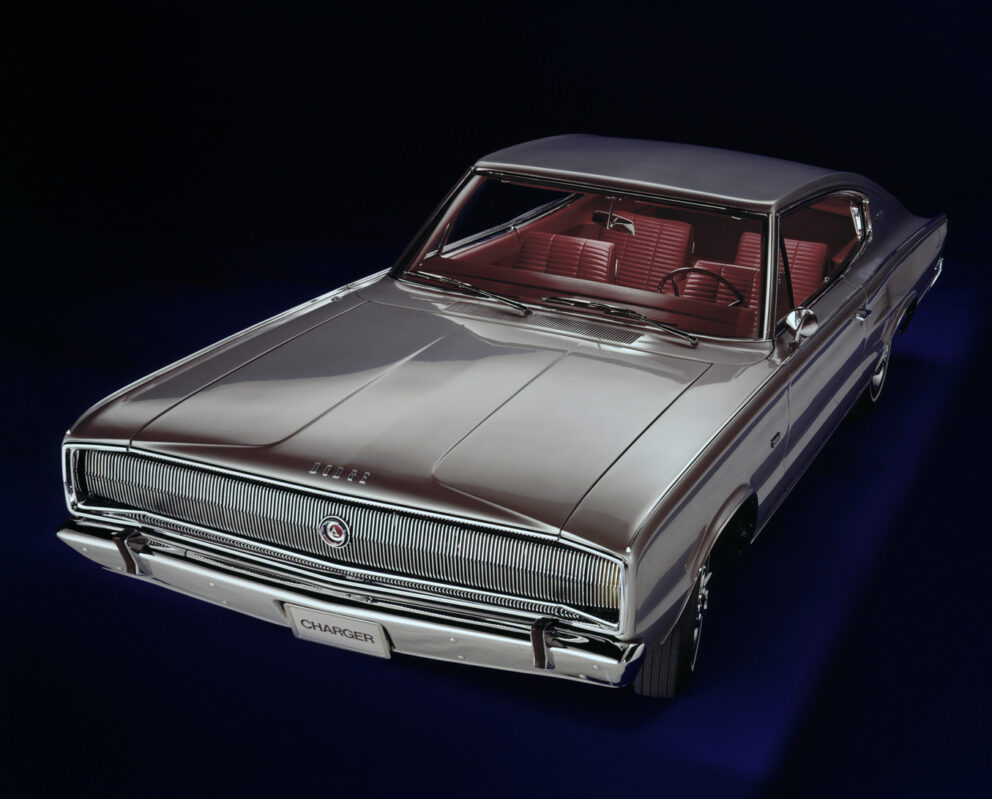
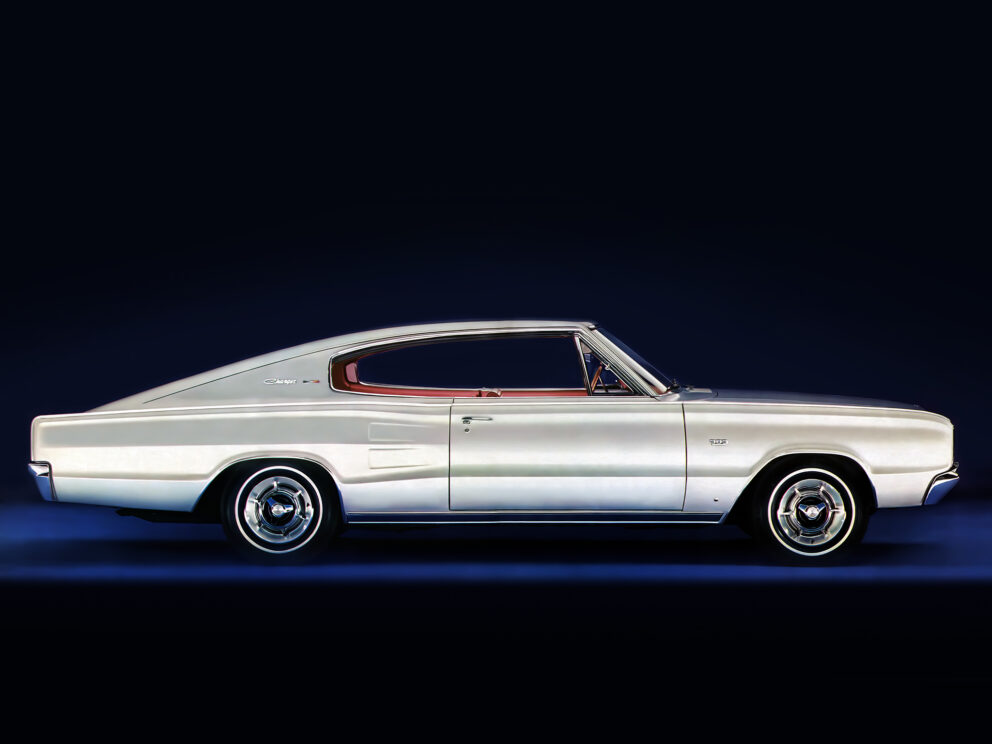
When the line of 1966 Dodge automobiles came out in late 1965, there was nothing mentioned about a Charger. They were saving that announcement for later, as the all-new 1966 Charger came late in the model year (January of 1966), which added to the fanfare of the pre-launch publicity of the car. While the styling of the Charger’s front clip was similar to that of the parent car, the Coronet, there was the addition of a stylish full-width convex grille in front with hidden headlights that gave the car a clean, uncluttered look. At the back, a full-width tail light featured the Charger name in chrome letters. This original Charger had the basic fastback roof design as seen on the Charger II show car, and was handsome from most every angle, however a bit awkward from some — the roof and deck lid looked overly massive from directly behind.
Inside the 1966 Charger was a full-length center console, and four bucket seats, plus a revised instrument panel that differed from the standard Coronet because of its four large rings that housed the gauges. The car itself received a lot of attention in the car enthusiast’s magazines of the day. When MotorTrend Magazine tested one in their January 1966 issue, tech editor John Ethridge seemed impressed by the whole car and said complementary things about the interior: “The interior is fully as esthetically pleasing as the exterior. There are very comfortable, full-sized bucket seats for four but no more. These are divided front and rear by a console that runs the length of the passenger compartment. There’s a full set of instruments to inform the driver, glory be, a 6000-rpm tachometer right in front of his eyes. Somebody deserves great credit for breaking tradition and not putting it on the console underneath the dash where only grandma, who probably thought it was a clock anyway, could see it from the back seat.” The fold-down rear seats, and the fact that a 4-foot x 8-foot sheet of plywood fits flat in the storage area (with the trap door opened up to the trunk space), also caught their attention. The engine on their test car was a 383 with 4-barrel induction, good for 325 horsepower. Base engine that first year was a 318 V8, and it was the polyspherical-headed version, developing 230 horsepower with a 2-barrel carburetor. Also optional was a 361 with a 2-barrel (listed at 265 horsepower, a “B” block engine like the 383) and of course the top-of-the-line 426 HEMI engine was available, rated at 425 horsepower and equipped with dual inline 4-barrels. Chargers were aerodynamically stable and relatively slick and that, along with Chrysler’s 426-cubic-inch HEMI V8, took Dodge to 18 wins and the manufacturer’s title during the NASCAR’s 1966 Grand National season.
The 1967 Charger was pretty much a carryover from ’66. The 375-hp 440 Magnum V8 was now a Charger option. The fastback Charger was, looking back, the quickest way that Dodge could create a sporty new body shape (by using the basic Coronet body but with a new roof), however for the next model year there was something that was designed to be much more of an individual shape, specifically from front to rear to be a Charger all on its own.
NASCAR RACERS
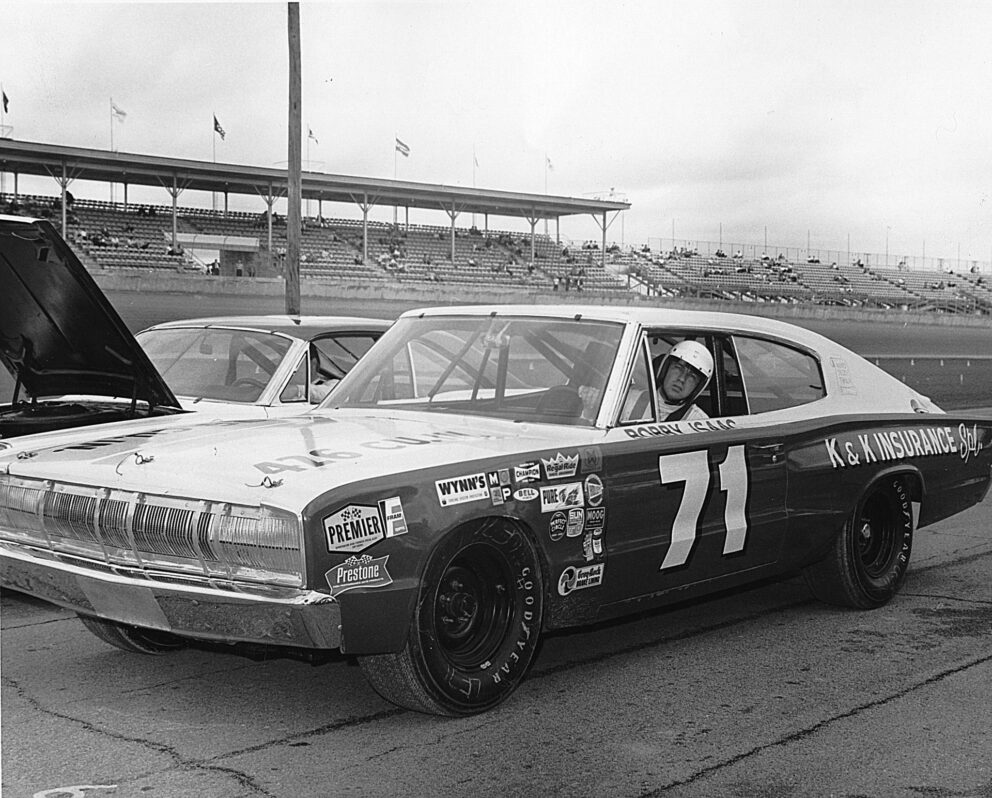
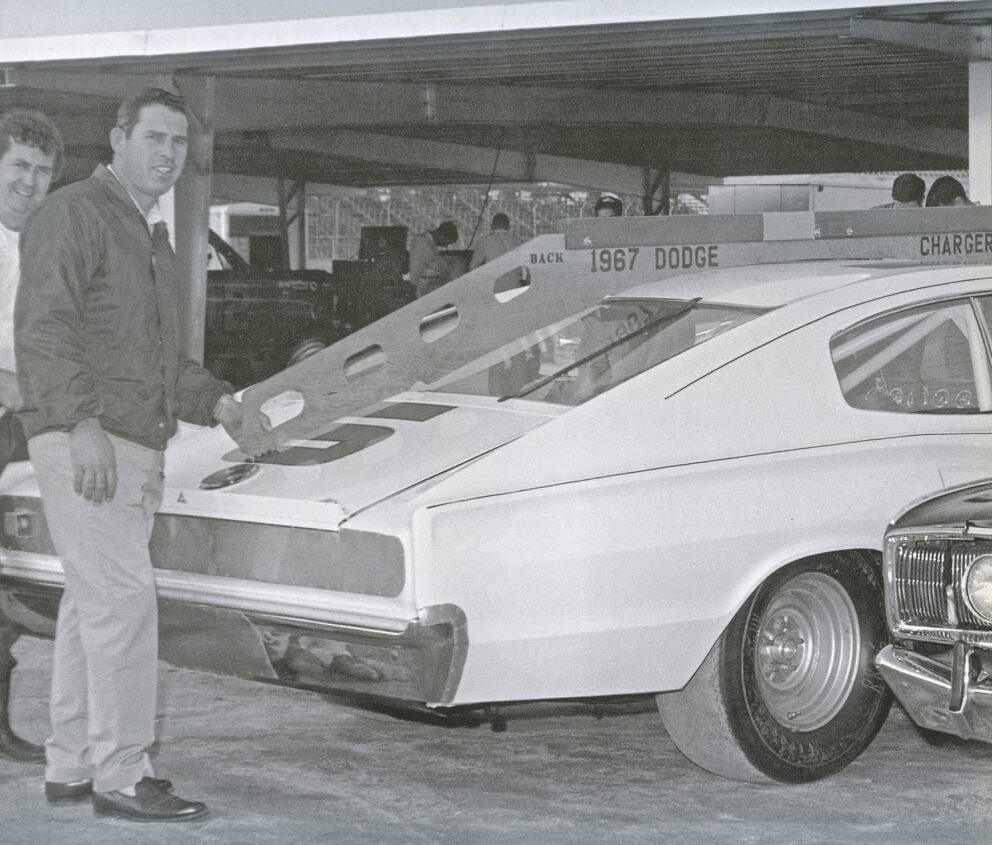
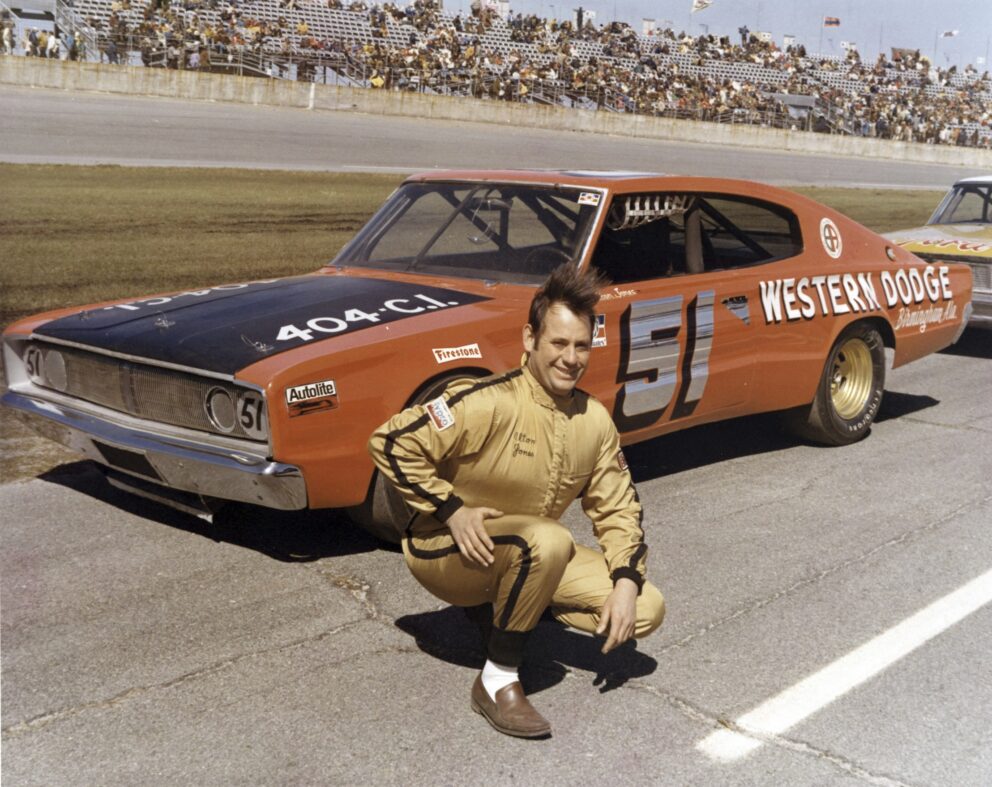
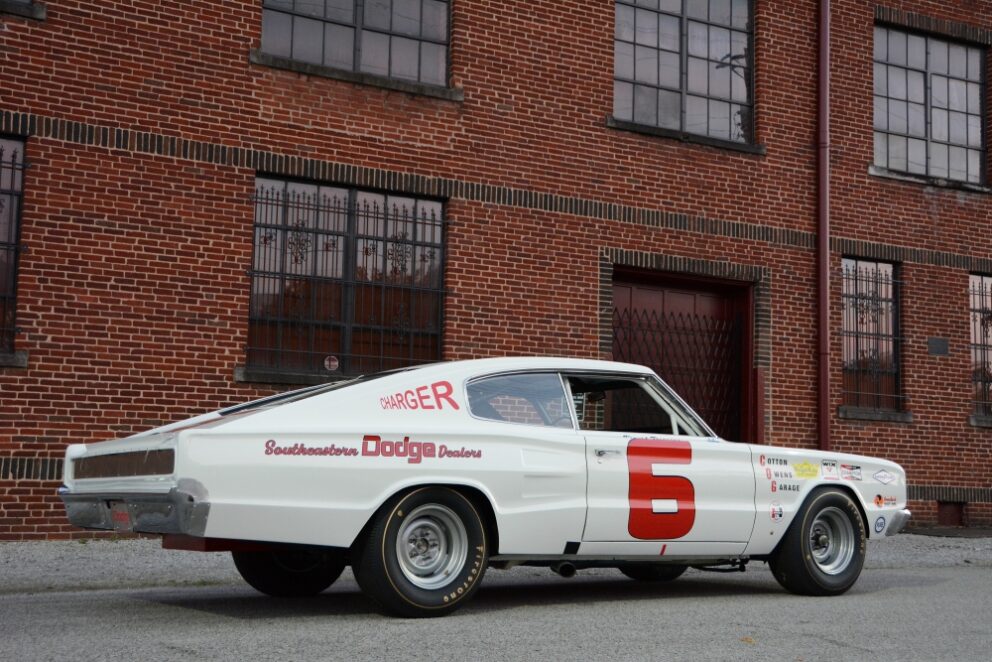
Here’s Bobby Issac in the 1967 #71 Charger and while this era of NASCAR certainly had bodies that were very close to factory stock, and running the standard glass roll-up side windows, take a closer look at how tightly the front bumper is positioned up to the grille, a way to minimize the frontal area of the car.
The 1967 Dodge NASCAR effort included the use of a “dealer installed” rear lip spoiler on their race Chargers, this one shown was the Cotton Owens-built car and driver David Pearson standing by it (with body template fitted, part of the NASCAR rules checking at the time).
The Charger was a potent car on the NASCAR Sportsman class as well; here’s driver Alton Jones with his first-generation Charger racecar. Dodge pushed this body in stock car racing, as opposed to the standard Coronet hardtop.
This is a re-creation of the #6 Cotton Owens first-generation Charger, which was driven by David Pearson, the original won the NASCAR points championship in 1966. The replica was built by Muscle Car Restoration in Effingham, IL, and a fun part of the project was to keep the cigarette lighter and ash try in it, just like what Pearson had, as he enjoyed a smoke while racing.
DRAG CARS
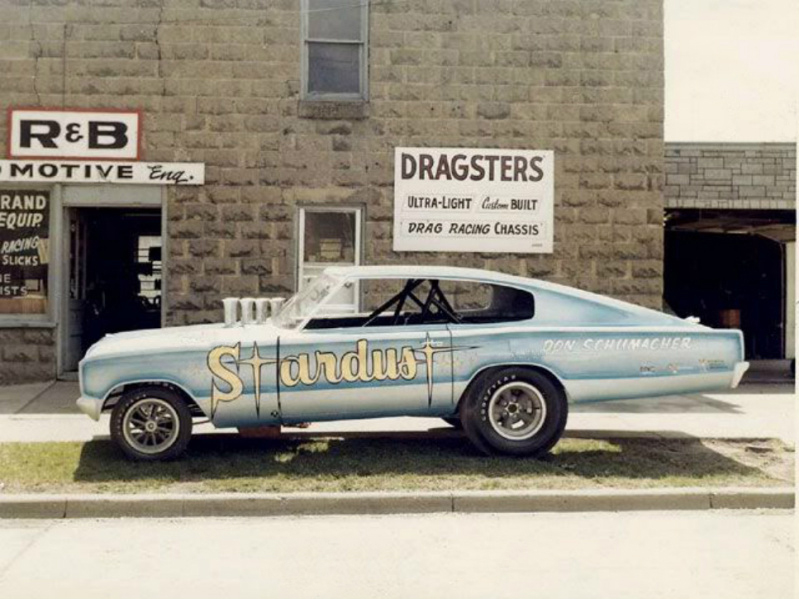
Drag racing legend Don Schumacher started his Funny Car career in a Dodge Charger, this one being an altered wheelbase 1966 car with injected 426 HEMI engine for power and sponsorship from the Stardust Hotel and Casino in Las Vegas. He ran the car on the UDRA circuit and it was just one of several early Funny Cars that were still in the “experimental” stage as far as chassis design was concerned.
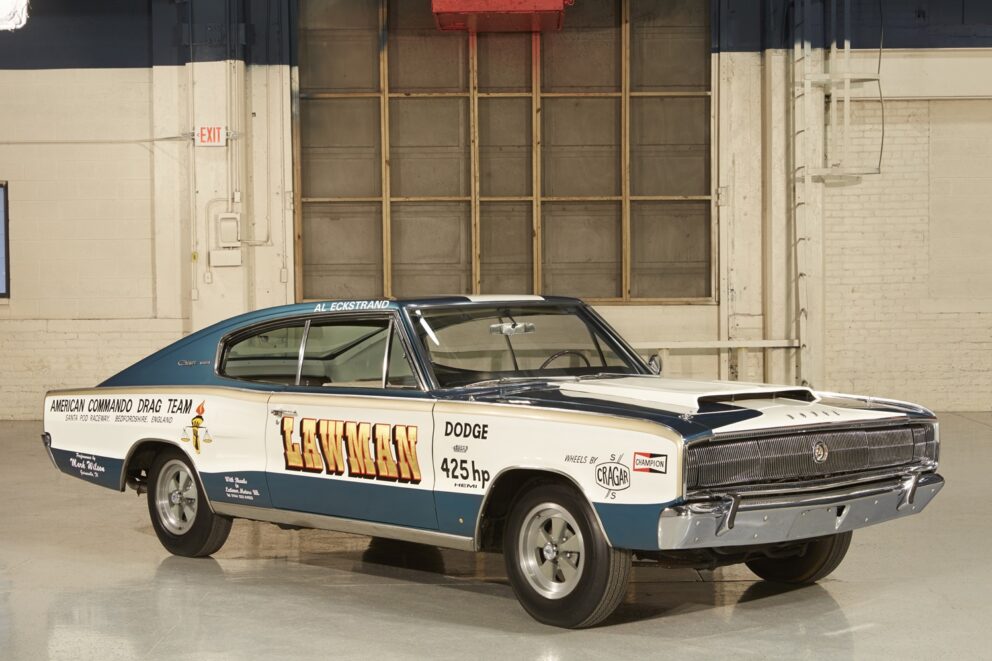
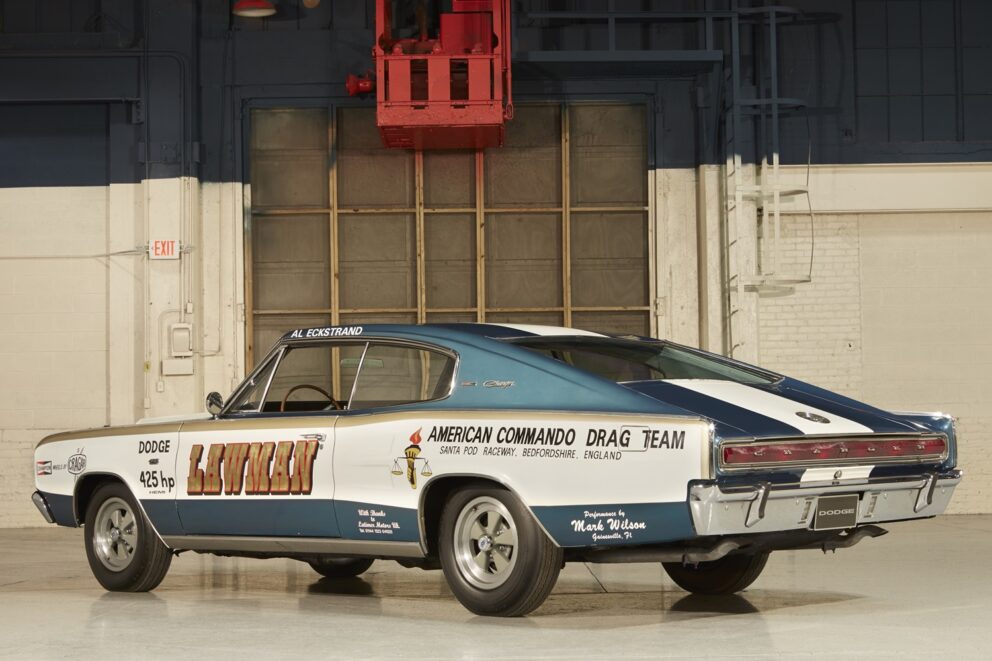
Dodge drag racer Elton “Al” Eckstrand had taken this 1966 HEMI Dodge Charger to tour US military bases starting in June of 1966, at Santa Pod. The car changed hands after the tour (to Ian Frankland) and years down the road, circa 1998, Eckstrand got the car back in his possession and it returned to the USA. Today, after a full restoration, the historical Charger (fully documented by Mopar® guru Galen Govier) resides in Florida.
PINK PLAYMATE CHARGER
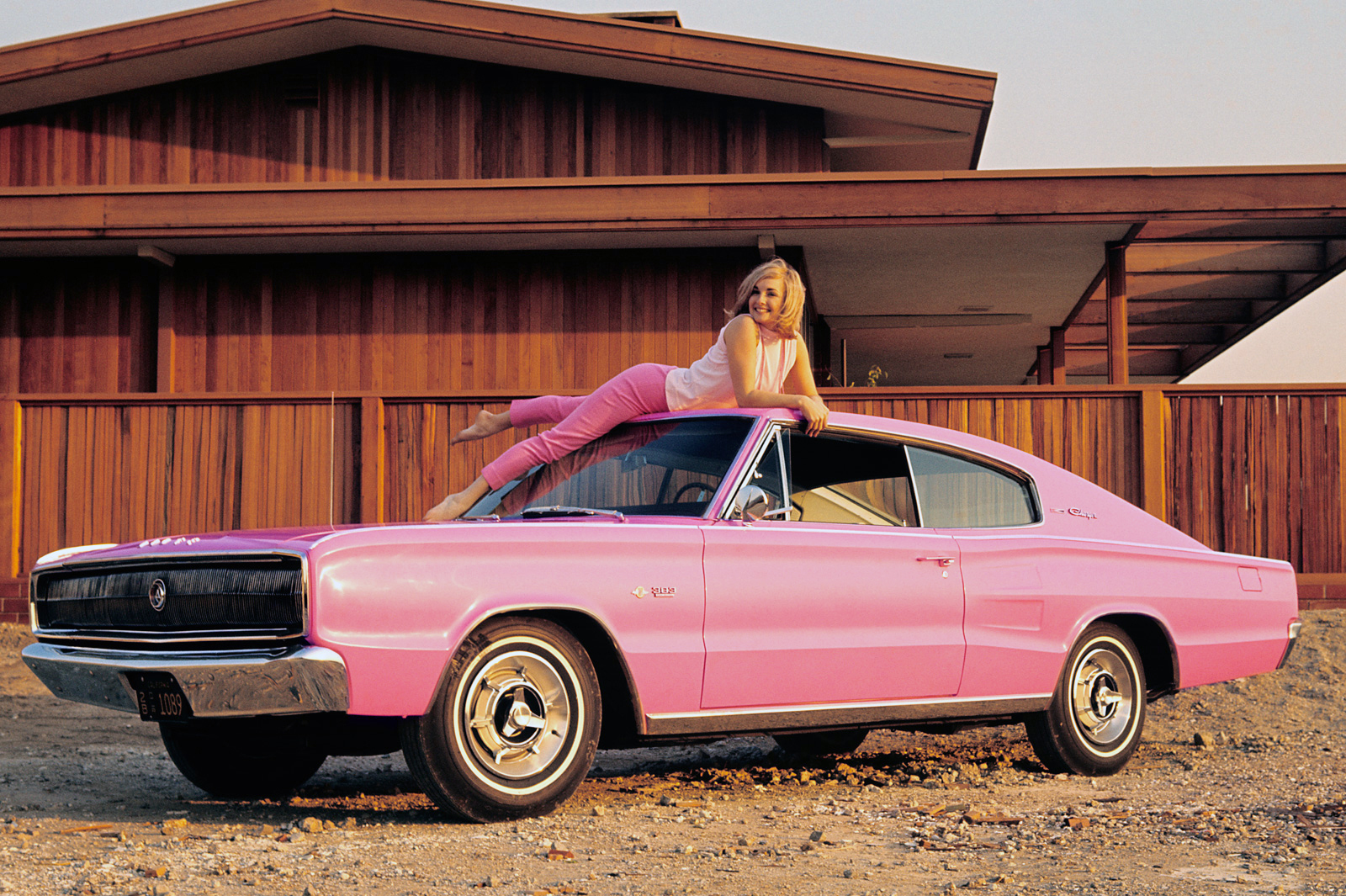
Allison Parks was given a bright pink 1966 Dodge Charger as a gift for winning Playmate of the Year, further adding to media exposure for the new fastback Dodge.
CHARGER III CONCEPT
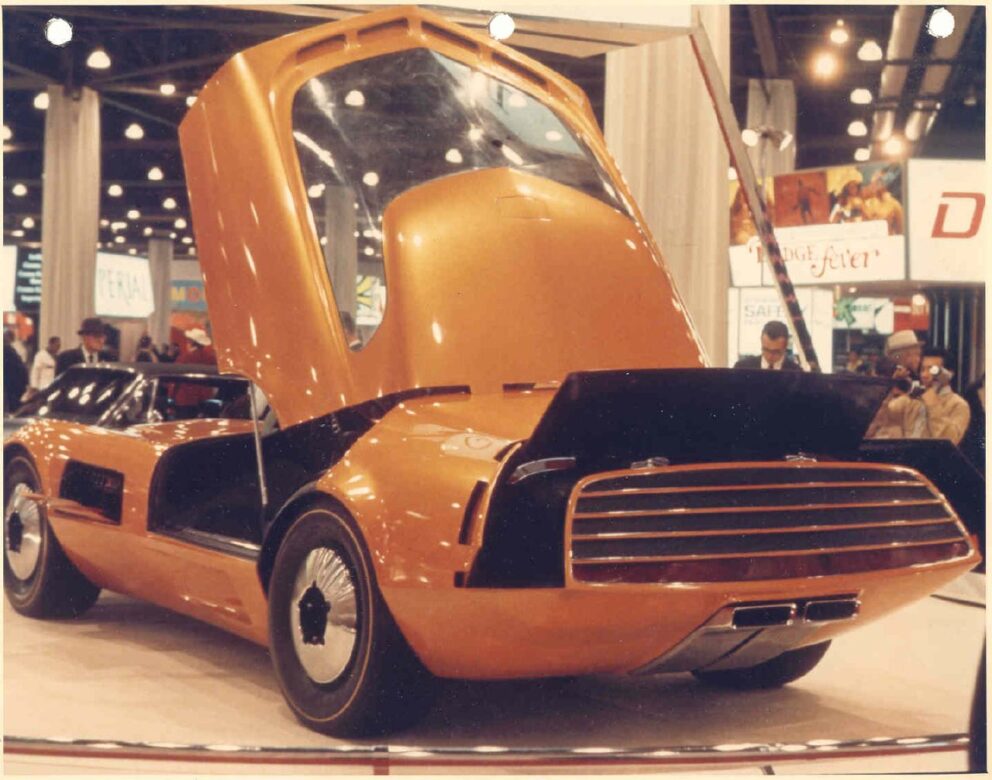
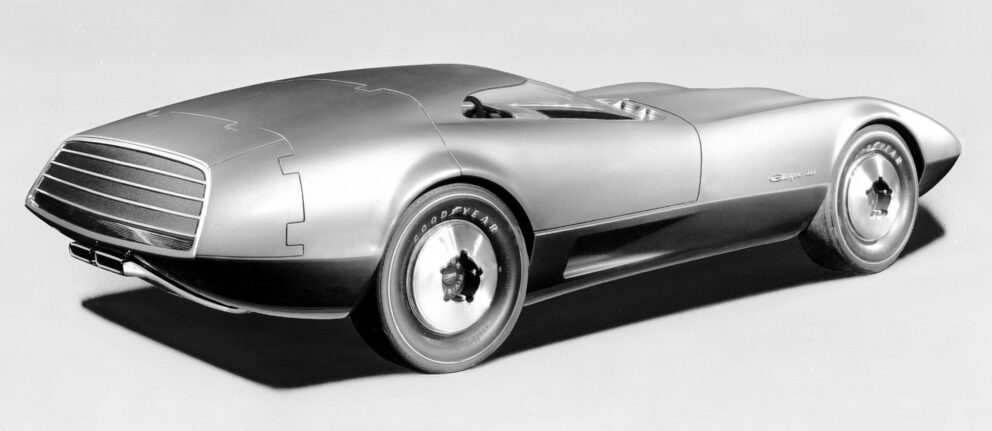
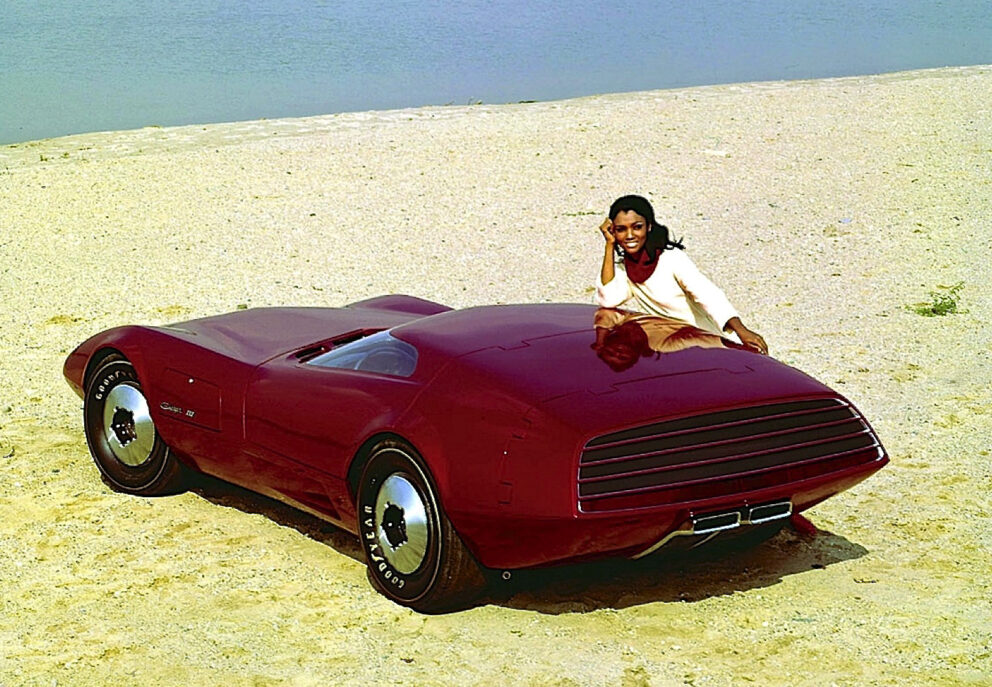
For the 1968 car show circuit, Dodge put together a wild “experimental two-seater to show the public that there’s a lot of creative engineers and stylists inside the division. The aerodynamic machine had no doors, no opening windows, and was fitted with a jet-aircraft-type canopy that swung open. In the design, there was a flow-through ventilation system that took in fresh air through the grille that was located at the base of the wrap-around windshield. The steering wheel/instrument cluster pod moved up and down out of the way. With that, the seats elevate to admit driver and passenger. To aid in stopping power, the Charger III featured a three-flap, spoiler-type air-brake system.
ALL-NEW CHARGER STYLING FOR ’68
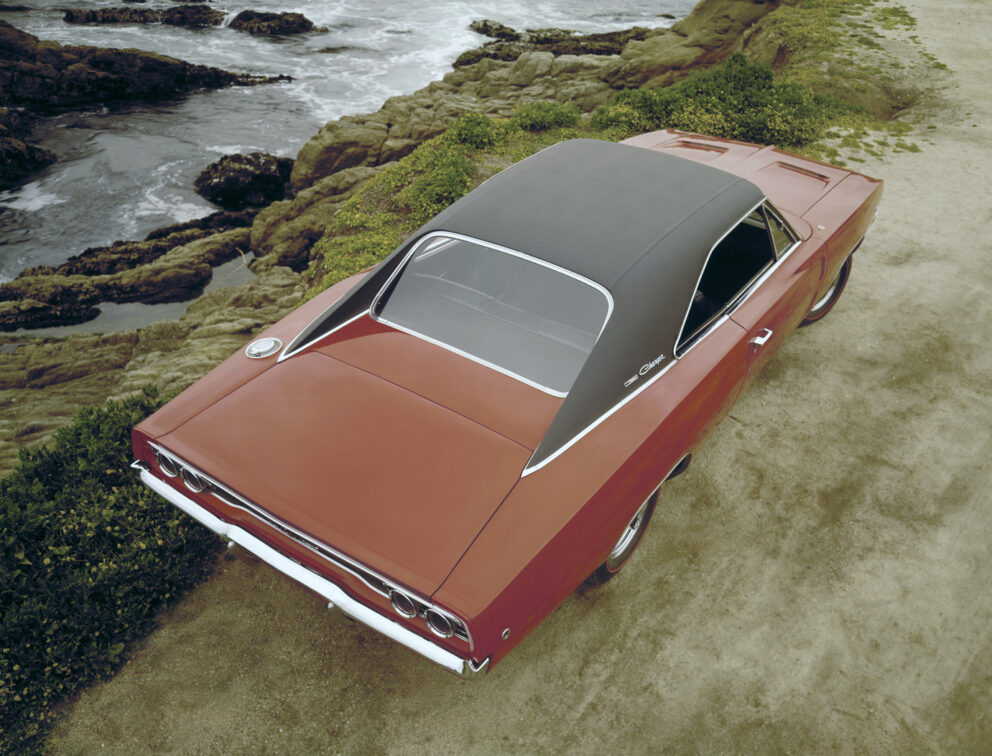
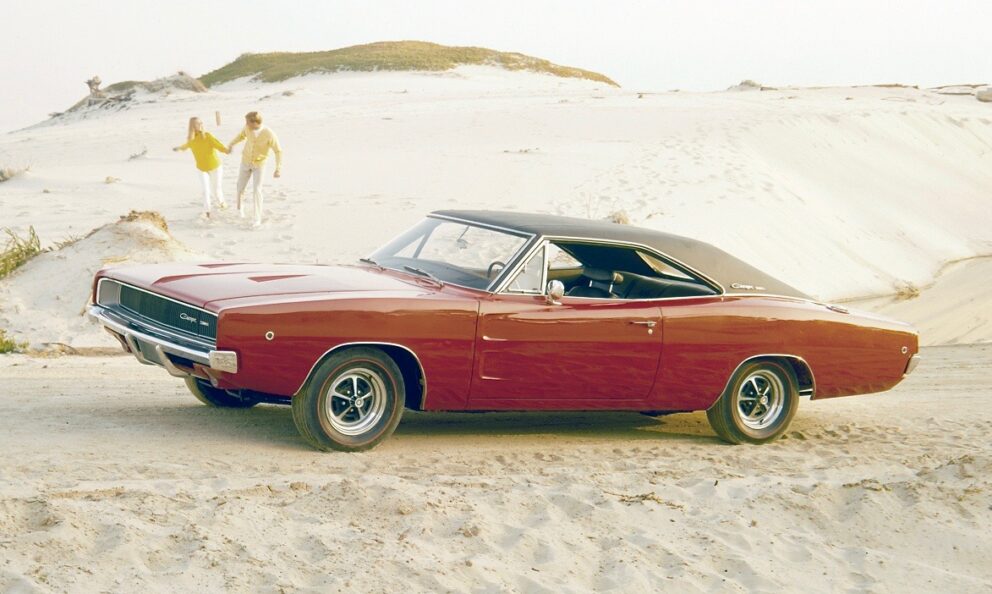
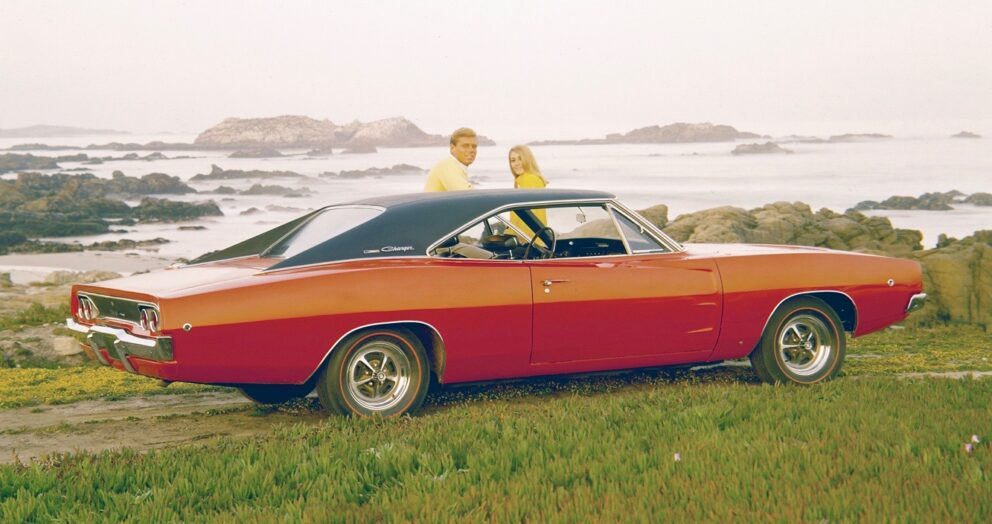

Featuring a beautifully sculptured “coke-bottle” shape for 1968, the newly-shaped Charger ran on the same 117-inch wheelbase as the less-flashy Coronet line, however the lines of the body of the Charger gave it a look that was truly exotic in appearance. Richard Sias is credited as being the guy who was the principal designer (26 years old at the time) as it was his design that Dodge’s design boss Bill Brownlie chose when it came time to get the project going. In an interview years later, Brownlie said this: “I wanted the ultimate road and track machine. I wanted to launch something much more sporty and extremely aerodynamic in image and function than the 1967 model, something extremely masculine that looked like it had just come off the track at Daytona.”
The end result lived up to the initial design goals and his thoughts included the body to incorporate the swelling of the sheet metal over the front wheels, the pinching of the waist and the rapid swelling over the rear wheels. It ended up looking exactly like that, and from both the side view and top view. Even though the Chrysler Corporation at that time didn’t have a full-size wind tunnel, there were aerodynamic engineers that assisted the designers on the overall shape. Rather than being a fastback like the first-generation 1966-’67 cars, the roof now featured.
The Charger was a unique car as it had such a performance look to it that most thought all versions were high-performance machines right out of the factory, and while they could be equipped with 440-cid wedge engines and 426-cid HEMI engines (“R/T” optioned cars), the standard 1968 Chargers however came with lowly 318-cid V8 engines as standard equipment, with 2-bbl and 4-bbl 383-cid wedges as optional equipment. The second-generation Chargers were runaway sales successes, especially when it’s considered that Dodge also offered mid-size 2-door cars in their own product lineup, the Coronet 440 and Coronet 500, plus the Coronet R/T.
Up front, the grille featured hide-a-way headlights and a hood with a reverse dual air vent theme, while the rear of the Charger featured a tunneled roof line with recessed rear back glass and a built-in rear lip spoiler on the deck lid. Then there was the flip-top gas filler that had a certain NASCAR theme to it. All the body panels on the Charger were different from the Coronet and in general, it looked like something for the race track as compared to the regular Coronet as a result of the fabulous styling that was built in to the overall Charger shape. Plus, the optional “Bumblebee” stripe that across the back of the car added to the whole racy, exciting flavor of the car. Those stripes could be ordered in three colors: Gloss White, Gloss Black, Tomato Red. All things considered, not too many cars had that sort of magic, and the second-generation Charger had it for certain. When the Charger was released on August 30, 1967, Dodge was now a contender as being a manufacturer that offered buyers a muscular new body shape that now truly lived up to the name “Charger” and sales took off as a result.
While the stylish new Charger for ’68 looked very aerodynamic and slippery, as it turned out, once the car in competition form got on the superspeedway, it was quickly discovered there where some overall design flaws to do with getting around the track at full speeds. Prior to the testing of the new Charger NASCAR race vehicle, the engineers that reviewed it with computer modeling and felt the car was capable of 184 miles per hour laps on the track, and it all looked good prior to the starting of the 1968 racing season. However, once the Dodge Charger was on the race track, it was a different story altogether.
The design of the grille of the second-generation Charger was of that where the air would become trapped and that would cause the front end to not respond to the driver’s attempts to steer the car into the corners of the race track. Dodge factory race drivers immediately reported that the new Chargers, while having lots of power under the hood, it was a strange phenomenon in which approaching top speeds led to an unusual uncontrollability that took place, the car could not be steered! In testing, Buddy Baker came to realize that after running full speed down the front straightaway, the time came to turn the steering wheel left and get into the corner, the car kept going straight. Baker then turned the wheel to the right and the same thing happened, the Charger kept going straight, he had to back out of the throttle to negotiate the corner. The front end acted like a huge air scoop and affected the car’s handling, preventing it from staying in the throttle long enough to run lap speeds required.
In addition to the front end dilemma, there was a problem with the rear window area, as the new design, which while it looked like a fastback from the side profile, was causing rear lift, as a result of the almost vertical glass, the overall design created a tunnel effect of the air which further made the new Charger unstable at high speeds. A front spoiler was added to the cars which helped some, but that didn’t completely solve the problems.
’68 CHARGER FUNNY CARS
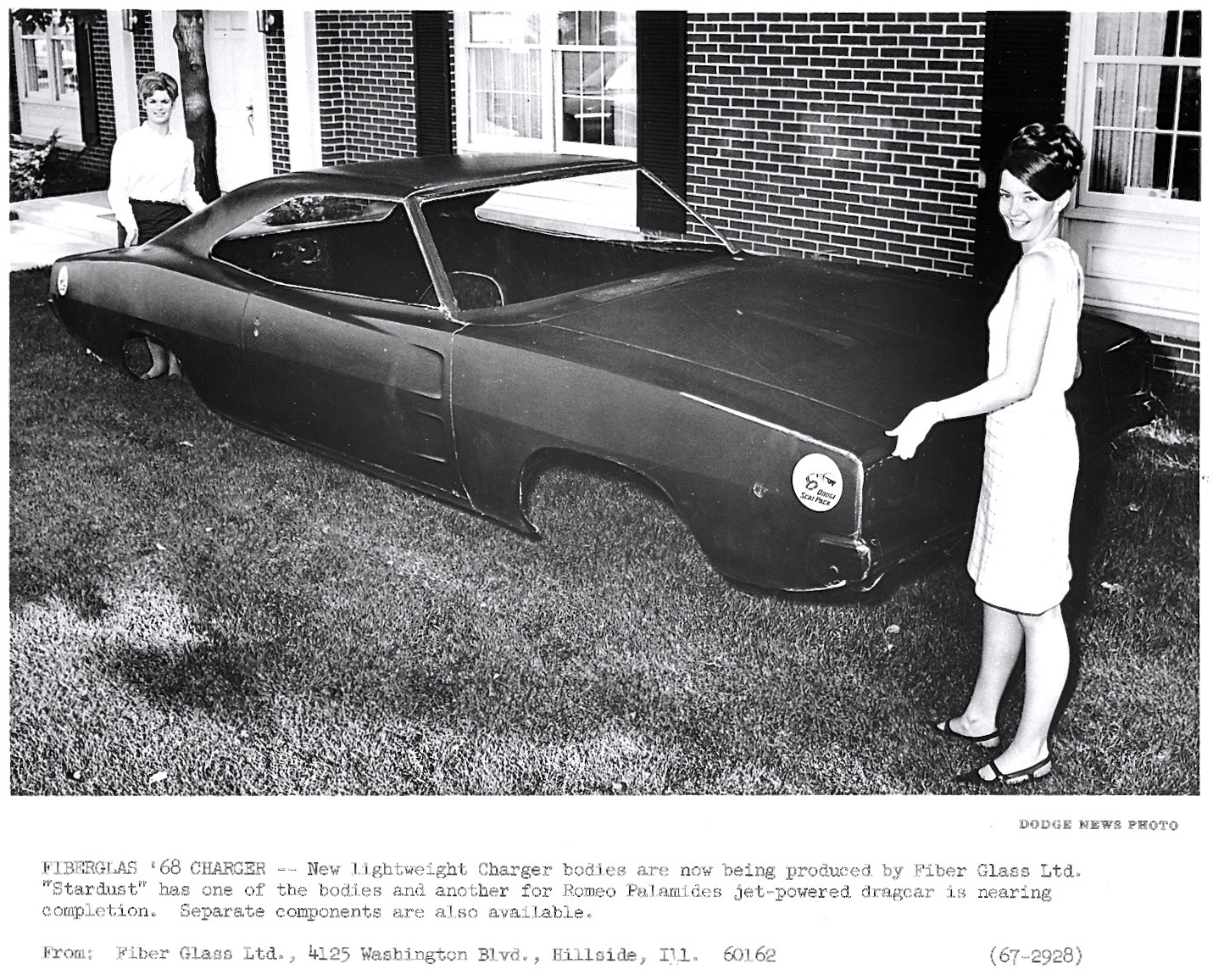
This press release from the Dodge News Bureau shows the lightness of the fiberglass body that was taken off of a production 1968 Charger, and how it shared the stock dimensions and measurements. As the speeds increased in Funny Car drag racing, the need for enhanced high-speed stability came into play and eventually the wheelbase was lengthened by moving the front wheels forward.


Della Woods and her brother Bernie ran this 1968 Dodge Charger Funny Car, using a Logghe chassis, shown here at the OCIR track in Irvine, CA, and at a static display at the Dodge exhibit at Cobo Hall in Detroit. The car has “Bernella” markings (a combination of both of their names) on it after the speed shop they ran in Michigan. She is credited with breaking several speed records for women drivers in the day. The fiberglass body was close to the production counterpart, and the “Funny Honey” name came from being one of the first female Funny Car drivers.
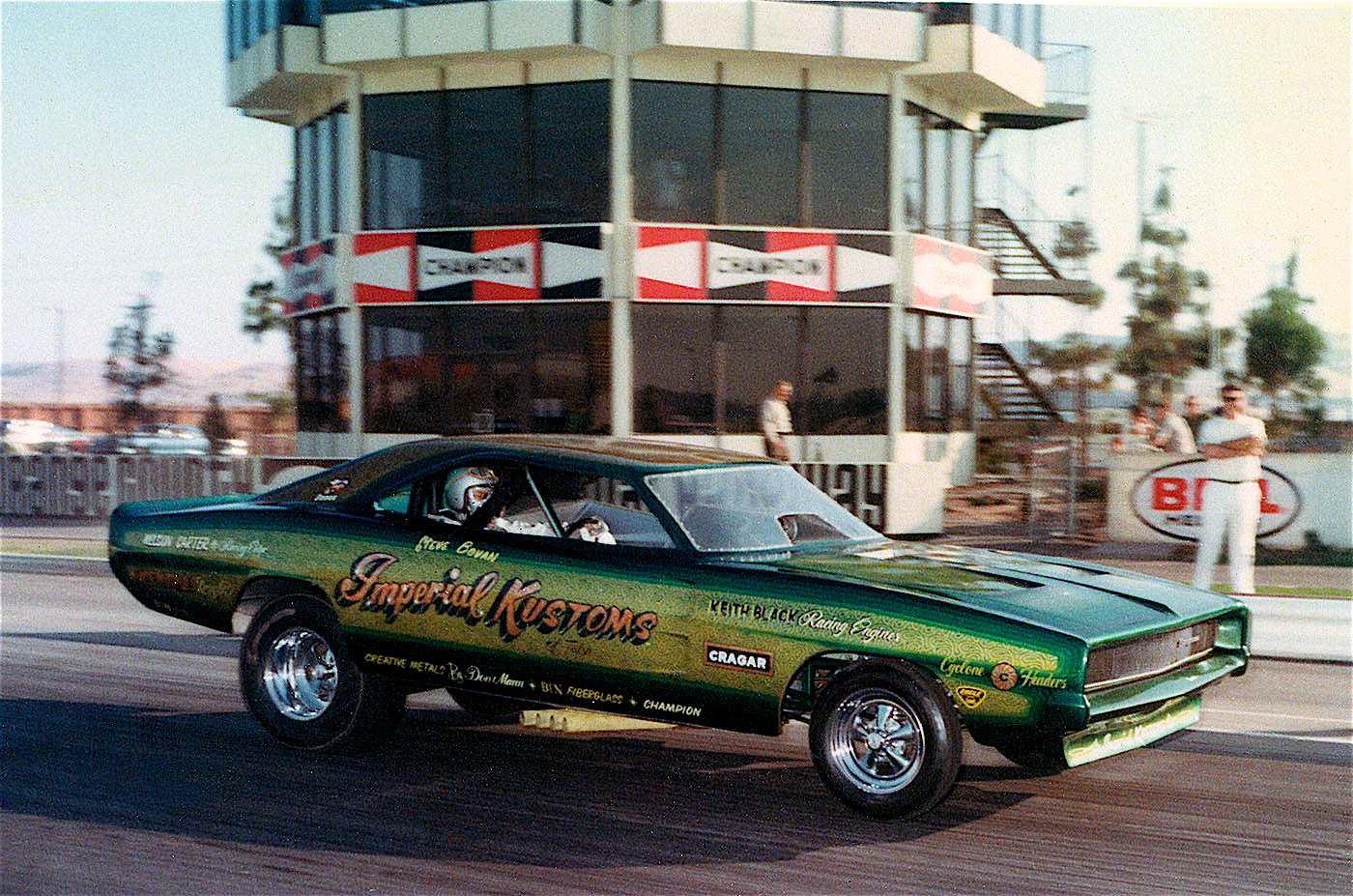
Nelson Carter ran a high-dollar Funny Car in 1968 and it saw the name “Imperial Kustoms” on the side, a Tulsa, OK-based custom paint shop. This car ran a slightly top-chopped 1968 Charger body with beautiful custom paint and lace graphics. With the latest in Keith Black Racing Engines equipment, this was an impressive car. Note that the wheel openings on the front was close to stock location and soon after, most every Funny Car body of the day eliminated the front overhang. Steve Bovan behind the wheel at the historic Orange County International Raceway in this shot.
SUPER STOCK LANDY CHARGER
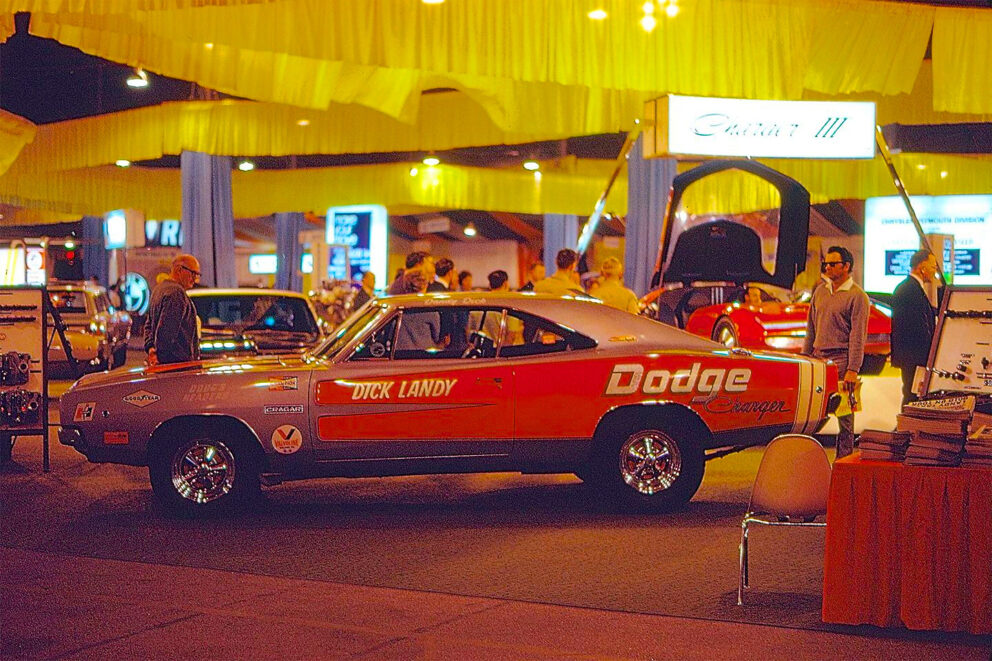
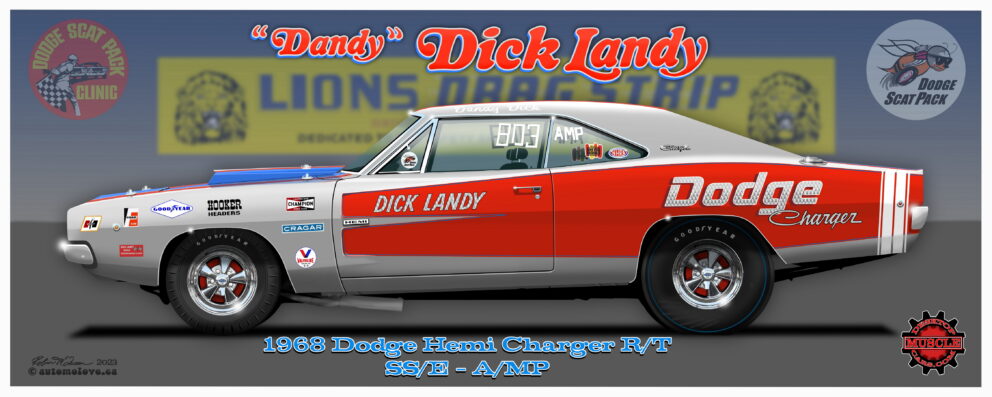
Dick Landy was the main Dodge factory-backed drag racer at the time the 1968 Charger was released and the car was raced across the country, plus shown at car shows and dealerships as part of the “Dodge Performance Clinic” program. To celebrate this particular Landy Charger, Desktop Muscle Cars has commissioned artist Robin McQueen to do a colorful and detailed rendering, which is available as banners and on other items.
ON THE BIG SCREEN
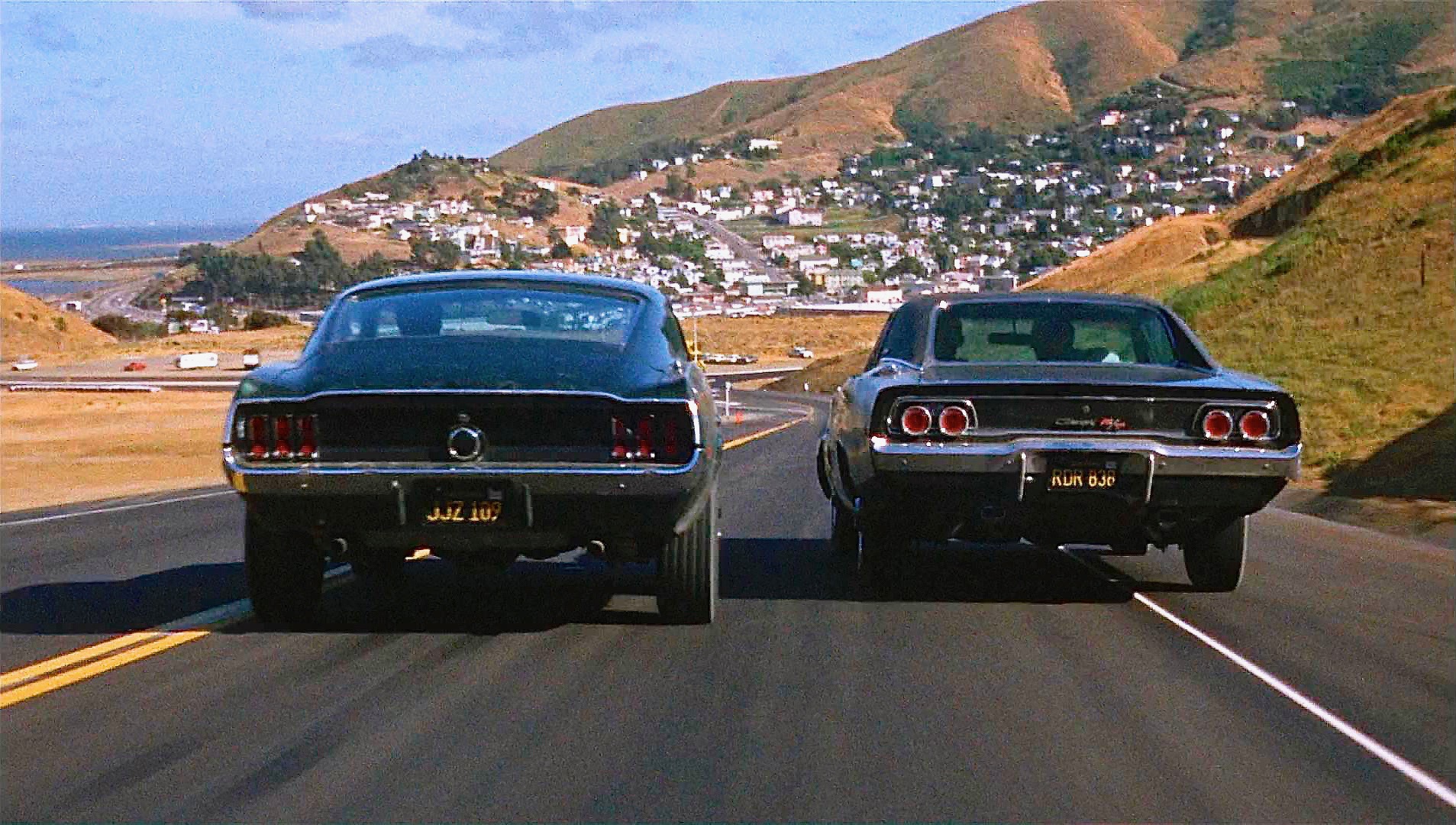
In what most car enthusiasts feel is the simply the world’s best car chase scene ever in a movie, the duel between a 1968 Dodge Charger R/T (bag guys) and Steve McQueen (good guy) in a 1968 Ford Mustang. The movie was released in October of 1968 and the Charger was a hot car in the public’s eye to be certain.
1969 CHARGER
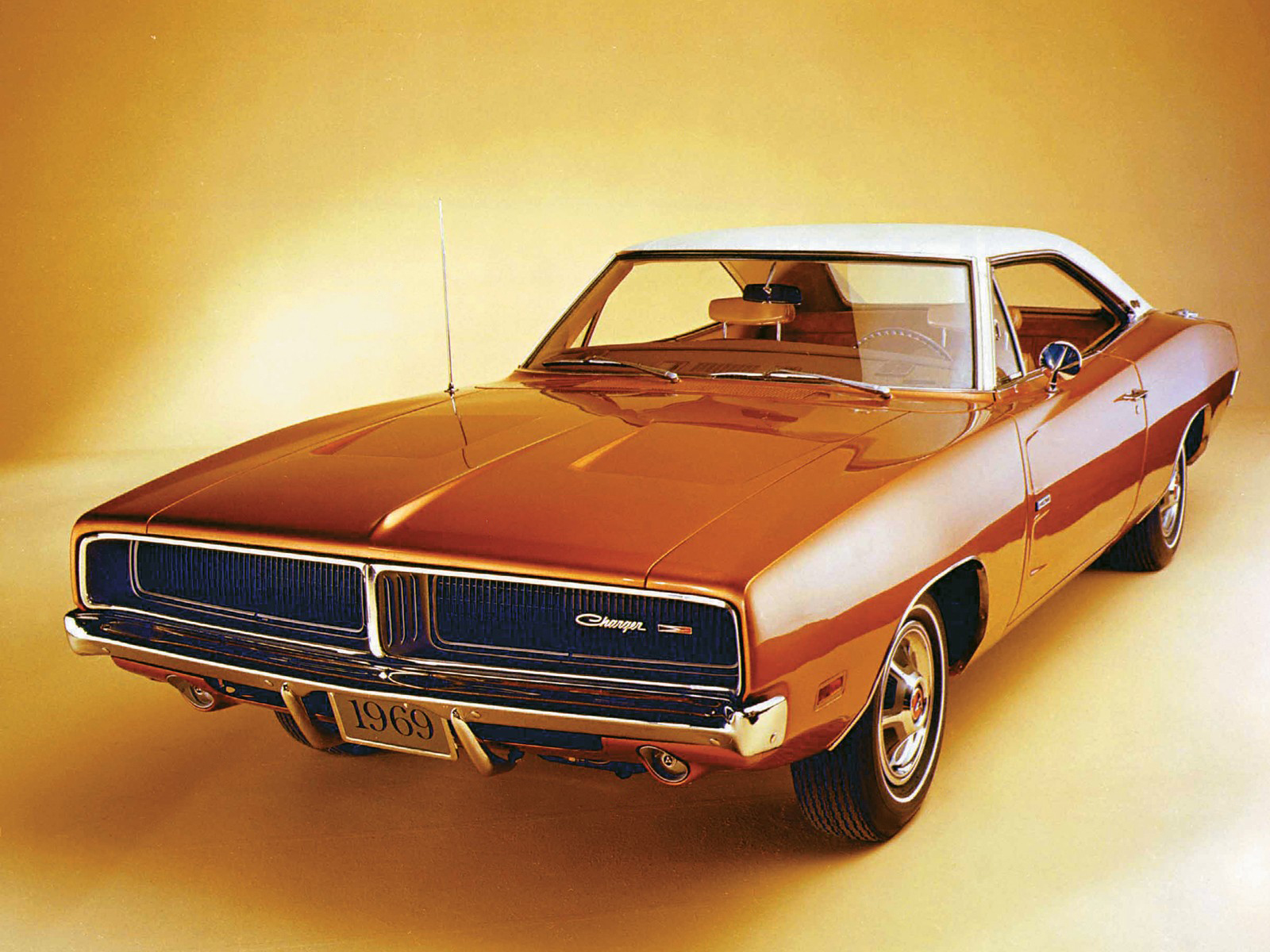
Not a lot changed for the 1969 Charger, except for a split grille and revised tail lights that were now re-styled and were thin and vertical in shape, replacing the round ones from 1968. Because Dodge was selling so many Chargers during this era, they brought it further in 1969 by offering the 225-cid “slant six” engine as a no-cost option for those that wanted the race looks of the Charger but with the economy engine for fuel mileage.
GENERAL LEE
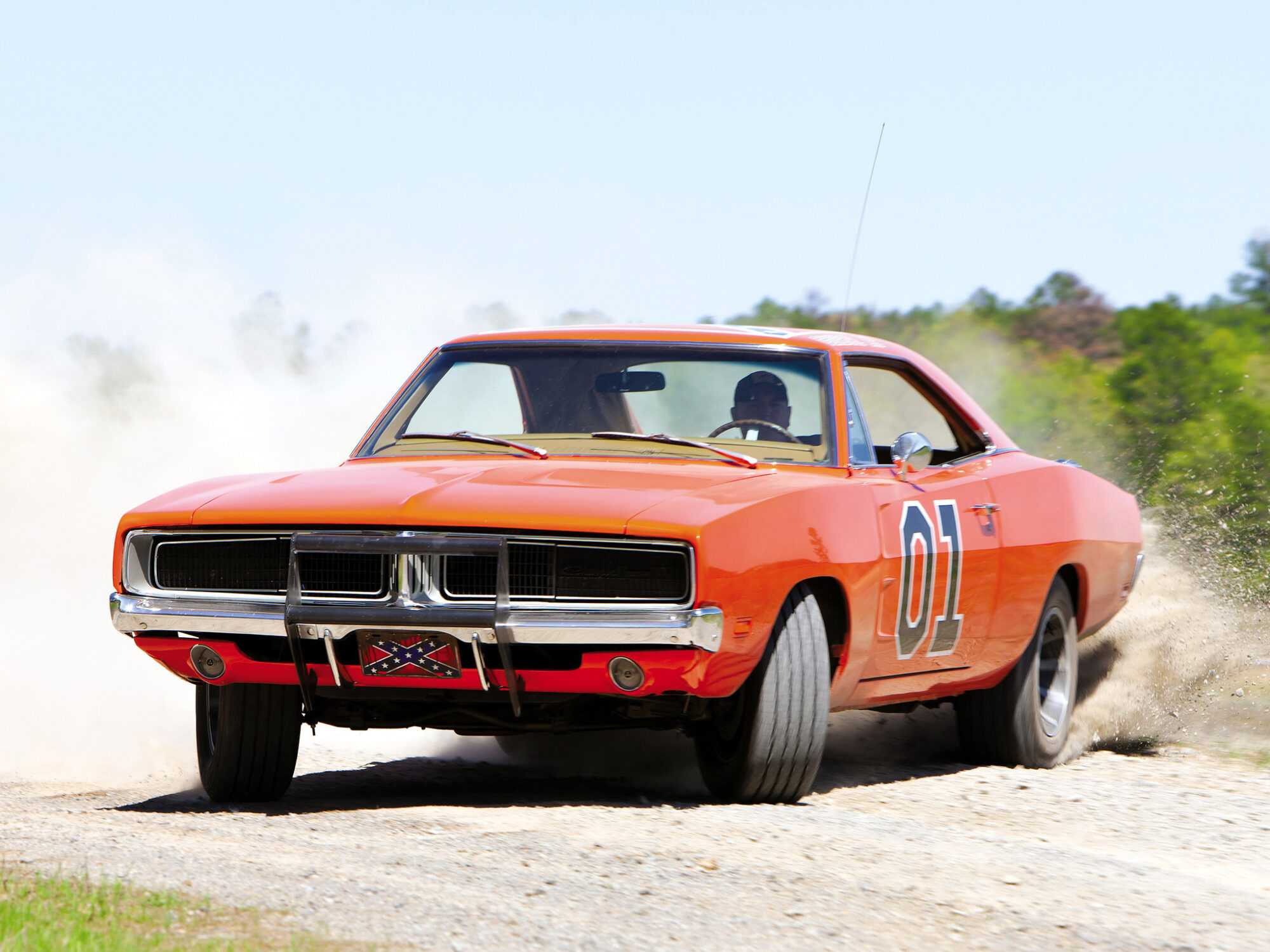
While actors Catherine Bach, John Schneider and Tom Wopat starred on the TV series Dukes of Hazzard, which ran from 1979 to 1985, some claim the “General Lee” was the real star, the orange 1969 Dodge Charger with the Confederate flag on its roof and a horn that played the first twelve notes of the song “Dixie.” Unfortunately for purists and lovers of the Charger, several hundred examples of 1969 cars were destroyed in the process.
CHARGER 500
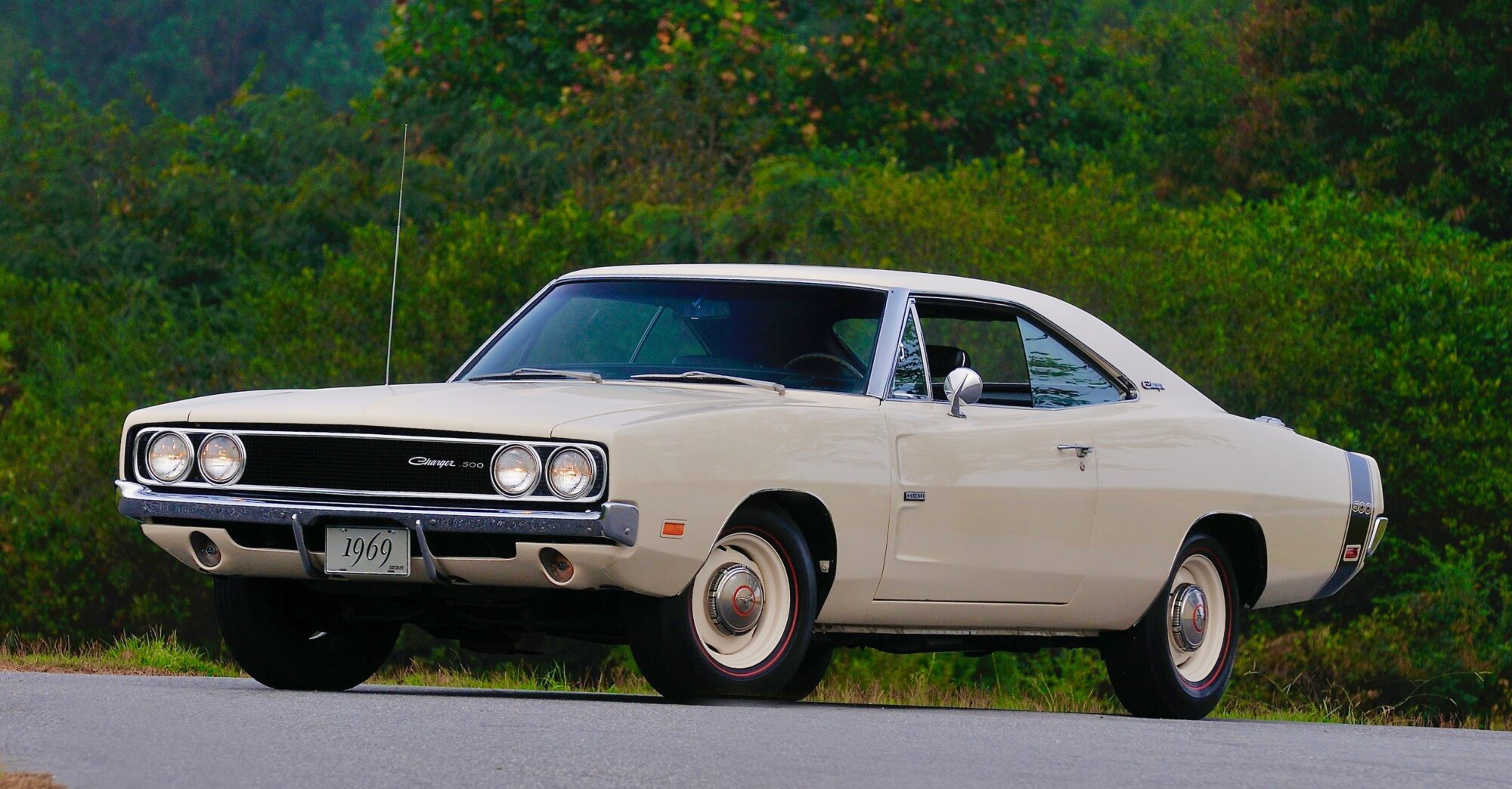
Dodge’s aerodynamic specialists were put onto the challenge and in June of 1968 they showed the media what they had come up with, and it was call the “500” model. In order to eliminate the turbulence in the grille area, a different grille (from the current-year Coronet) replaced the Charger piece, and it was placed way forward and flush with the leading edges of the hood and front fenders, with the headlights now exposed. The roof was enhanced with the reworking of the backlight, where a new piece of sheet metal as added to the area and pushed the rear glass out to a flush position, which was much smoother for aerodynamics.
A Charger 500 with HEMI engine was road tested on a syndicated television show called Car & Track by Bud Lindemann, and the car was run at full blast around a track with the HEMI engine sounds strong on the audio. Here’s how the host described the car: “This is obviously the car the Dodge boys designed for Daytona. This car would have to placed somewhere near the top of the supercar ladder. I couldn’t help but ask myself, where do you draw the line? Where does docility of a street machine end, and the fury of a full-blown racecar begin? That line seems to be be getting narrower each year, and this HEMI Charger is right on the border. 426 cubic inches topped by hemispherical combustion chambers, delivering 425 horsepower. That’s about one horse per cube. And if that doesn’t excite you, you’d better check your pulse.”
As it turned out, the Charger 500 was an improvement over the standard Charger on the race track, however Ford Motor Company had raised the bar even further when they brought out a Torino and Mercury Cyclone version that had an extended front end that cut through the air better than the standard versions. These changes prompted Dodge to make yet another body change to the Charger, in order to out-perform the revised Ford racecars.
THE WINGED DAYTONA
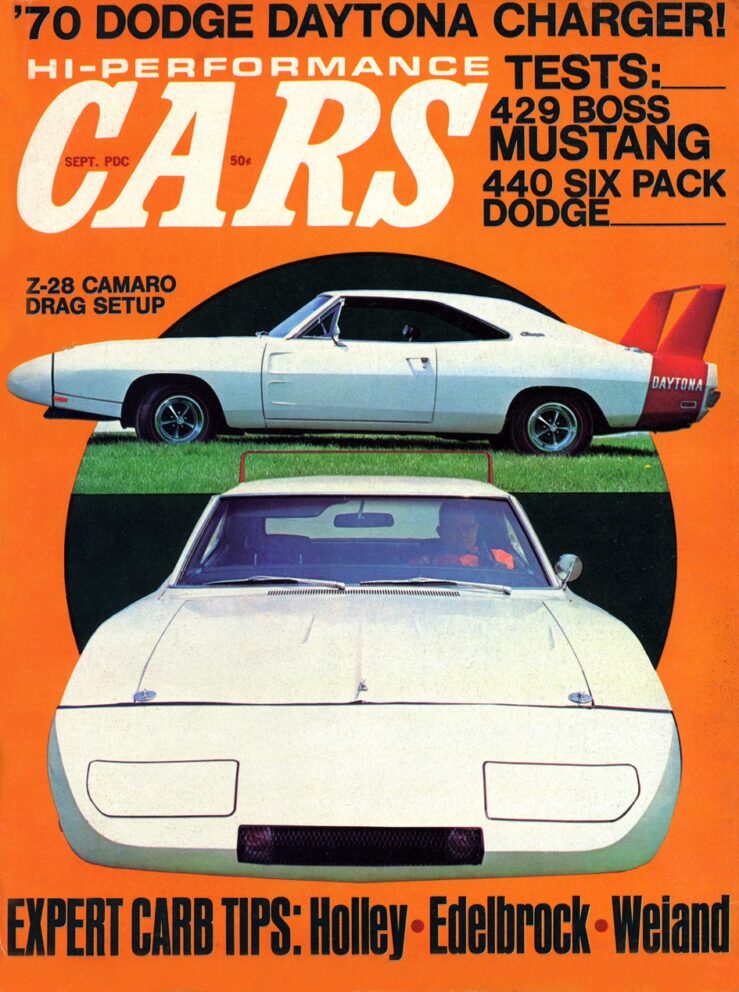
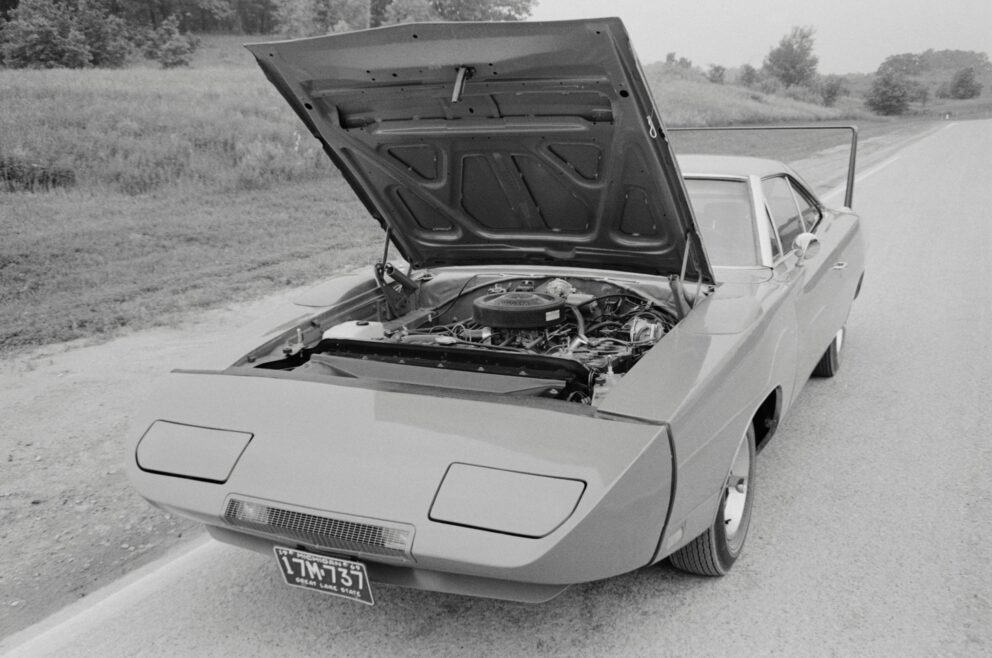
An all-out effort was put forth and the job started at the front and ended at the rear, and it had to be done quickly, in order to meet the NASCAR deadline of April 15, 1969. A whole new idea came for the front, completely remove the standard front bumper and grille, and add a one-piece aerodynamic piece that would pierce through the air and reduce as much as possible air drag, to add a significant streamlining effect. After considerable testing in a wind tunnel, an 18-inch-long sloping nose cone (which was also designed for optimum directional stability) was added and also came with a pair of reverse-facing scoops that were attached atop the front fenders directly over the wheels. These were in reality added so that the racecars could get additional passenger-side tire clearance while the cars were running on the superspeedways at high speeds, however a lot of talk took place after the cars were released that they were used for some sort of aerodynamic advantage. The flush backlight remained that same as the Charger 500, and to add something else to the car that was sure to make it handle better than anything else before in NASCAR racing, a huge rear wing!
Measuring some 58 inches across and 23.5 inches tall, the Daytona wing was adjustable (a total of twelve degrees) and the airfoil design was for maximum downforce, an airplane wing positioned upside-down. The end result was a very functional racecar that ended up looking so wild that some thought that the buying public may be turned off by such a strange-looking car, however there were plenty of performance lovers that loved it! It really was a huge gamble to market such an automobile and a ton of credit goes to the men that took the chance.
During the design phase of the front nose of the Daytona, there were people in the company that felt the car would be too ugly to sell, and there were attempts to change the contour of the front end. Early in the process, the car was shown to Dodge’s VP and general manager Bob McCurry and when he looked at it, he said, “It looks awful!” But after a moment he asked the men that would be responsible to build it, “Will it win races?” After being assured it would win races, the boss said, “Well, damn it, go ahead and build it!”
McCurry was fully behind the building of the Daytona racer and he went on to tell the engineers assigned to the project that if they ran into any problems, he would back them up, keep the path clear for them. And that vote of confidence surely helped the people involved during the process of development of such an unusual car. The styling department attempted to throw a wrench in the works regarding the front end of the Daytona and in a meeting with the prototype (which was built in clay), a stylist took out his carving knife and wanted to revise the looks of it, and he was told “no” by the aerodynamic engineers. A few days later, McCurry heard about it and asked the stylist what was going on, and the guy went on and on about the car not looking good and that it should be changed. After hearing that, McCurry’s reply was this: “I don’t give a $#&@ what it looks like, it goes fast. If you can’t help, get out of the way.” Enough said, the Daytona was going to be a functional car no matter what.
The Daytona not only was fast, it also handled extremely well. The Dodge driver that put a Daytona on the pole at the 1969 running of the Talladega (at a record 199.985-mph run), Charlie Glotzback, had this to say afterwards: “It’s like a whole new world. There’s no comparison to what other cars handle like. This one is a lot more stable. You go right down into the corner and then with one hand you go right through. Overall, it’s the safest racecar I ever drove. I honestly think that any average citizen could go out and drive the Daytona around Talladega at 180 mph without any trouble at all.”
THE SALT
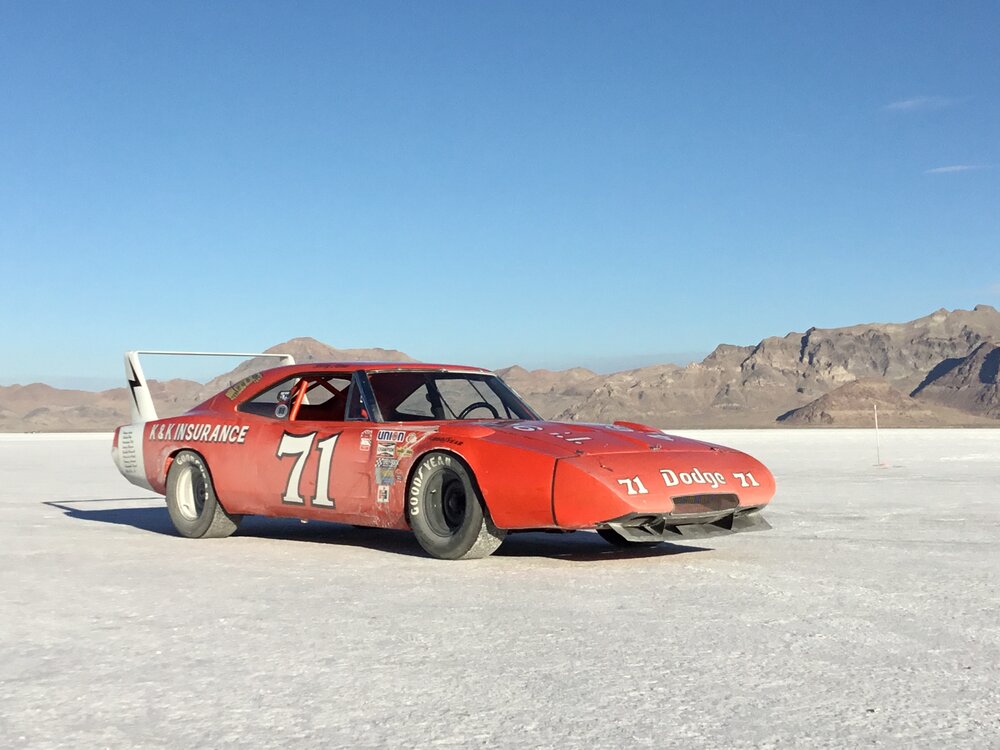
The Daytona was so successful that it took the 1970 NASCAR championship. Bobby Isaac drove the K & K Insurance #71, and as an added feather in their cap, that car ran a record 201.104-mph lap at the Talladega superspeedway (a record that stood for some 13 years). The owner of the team, Nord Krauskopf, decided to give the car one last hurrah and off it went to the Bonneville Speedway in Utah for four days, driver Bobby Isaac behind the wheel, September 13-16, 1971, and there the slick Charger hit a top speed of 216.945 mph on the flying mile and set a total of 28 records on the salt.
PRODUCTION NUMBERS
1966 37,300
1967 15,788
1968 96,100
1969 89,200
Author: James Maxwell
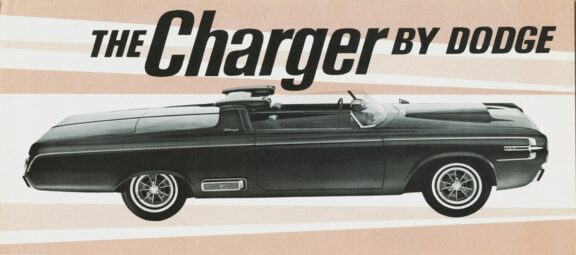
0 Comments